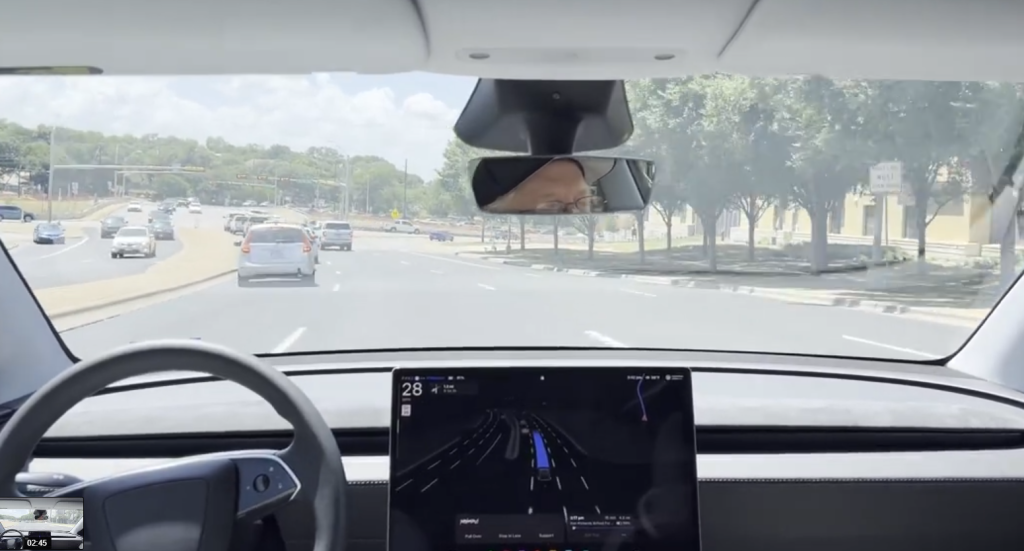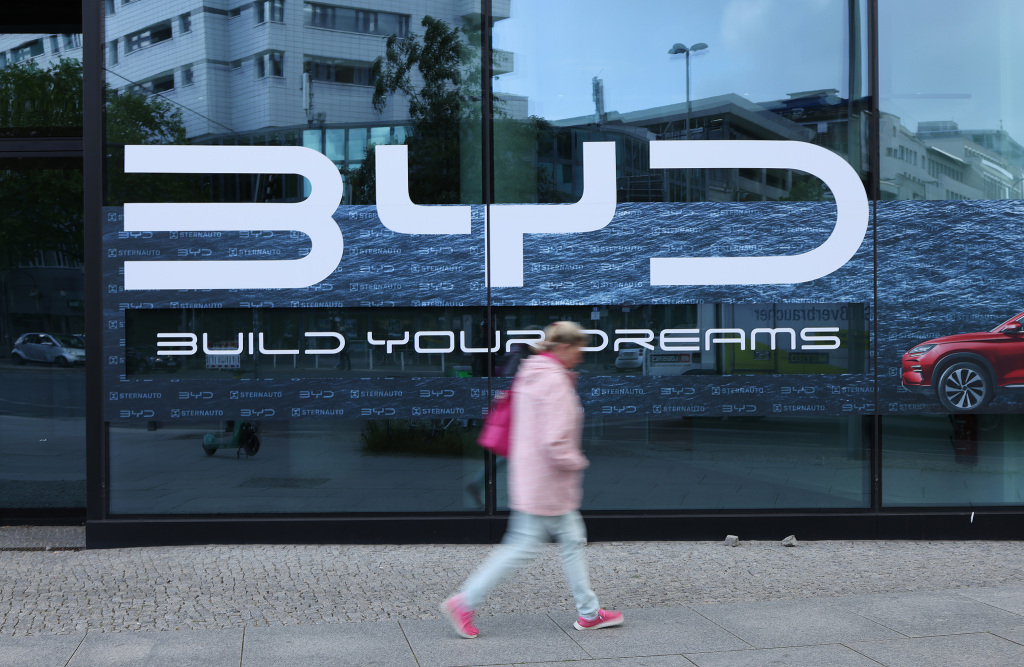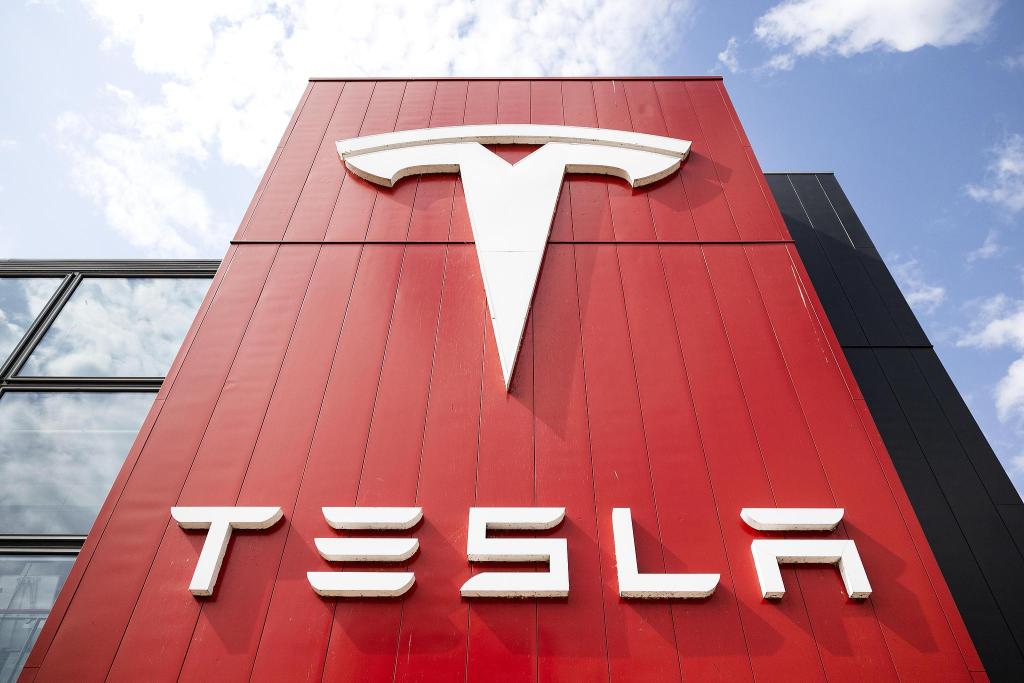
On June 22, the Tesla Robotaxi, which was originally scheduled to debut on time, was delayed due to technical preparations, causing the audience to wait for several more hours.
When it finally debuted, the first batch of lucky people in Austin couldn't wait to get in the car to experience it, and also shared this novelty with the outside world through live broadcast cameras. Officials said that these self-driving taxis can operate completely autonomously, but just in case, Tesla staff still sat in the passenger seat to escort them.

Earlier this month, Tesla CEO Elon Musk "spoiled" the self-driving taxi on social media in advance - a Model Y without a driver, with "Robotaxi" printed on the body in a cool Cybertruck-style font, and praised it: "The design is simple and advanced!" He also dropped a "blockbuster": "These are all 'original' Teslas directly off the production line, which means that every car that leaves the factory in the future will have the talent of 'self-driving'!"
On the day of the official launch, Musk announced that the first ride would only cost $4.2, and a small group of invited users were the first to try it out.
Before the release, Tesla fans were discussing the matter enthusiastically on social media platforms, but the delayed launch of the app added a bit of suspense to the anticipation. Chuck Cook, a senior tester who was invited to experience the app, left a message on social media: "I will soon get the app, but it seems I have to wait a few more hours." Finally, he got in the car smoothly. In the live broadcast, the car's flexible three-point turn and precise reverse parking made him exclaim "amazing".
However, this experience was a bit regrettable. Because the current range of self-driving taxis is limited, he was unable to go directly to his destination, Starbucks, and was "left" more than 10 minutes away.
Currently, invited users can call Robotaxi through the new Robotaxi App, and automatically synchronize payment, seat, music and other settings in the account, making the ride experience convenient. The fare per trip is tentatively set at US$4.20, and the service covers the southern area of Austin, running from 6 am to 12 midnight.
Tesla's AI department announced on social media that day that these self-driving taxis will be driven to more cities in the future as long as they are approved. They were designed from the beginning to be "large-scaled": there is no need to spend money on expensive equipment or go to great lengths to draw maps, and advanced algorithms can easily "find the way". In order to allow more people to experience it as soon as possible, Tesla quickly launched a dedicated website to facilitate reservations; it also opened an "exclusive channel" on social platforms to update the dynamics at any time.
From the perspective of industry development, Tesla's "move" this time is ambitious. When it starts in Austin in June 2025, it will first put 10-20 Model Ys into trial operation, and operate them non-stop every day. Within a few months, the fleet size is planned to expand to 1,000 vehicles. In 2026, Tesla will also launch a special model Cybercab without a steering wheel and pedals.

On June 20, 2025, local time, in Austin, Texas, USA, a Tesla car was conducting a self-driving taxi test.
In terms of operating model, although there is a safety officer on the co-pilot now, in the future, it will rely entirely on "remote safety officers" for monitoring. Initially, one "remote safety officer" will be responsible for two vehicles. At present, it only runs in a specific area in Austin, using a pure visual solution to perceive road conditions, and will continue to optimize "driving technology" through system updates in the future. In terms of pricing, it will not take the "ultra-low price route" at the beginning, but the long-term goal is to reduce the cost per mile to US$0.45 while ensuring a 50% profit margin.
Next, Tesla plans to expand its business to California and San Antonio in 2025, and to more cities in the United States in 2026. It is even considering allowing users to add their Tesla cars to the operating fleet. On the technical level, the HW4.0 chip currently installed in the vehicle has good performance, and it will be upgraded to the HW5.0 chip with a computing power of up to 2500TOPS in 2026, further improving the stability and safety of autonomous driving.
Musk once said that Robotaxi will be a combination of Airbnb and Uber. Tesla owners can join the Robotaxi network with one click through the App and join or quit at any time.
At present, Tesla's Robotaxi needs to cope with the challenges of its domestic competitors in the United States. For example, Waymo has achieved commercial operation of more than 1,500 Robotaxis in many cities.


